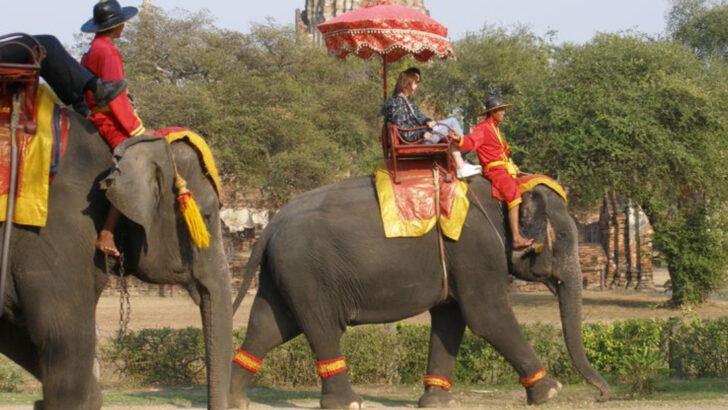Some animals didn’t just survive history—they charged through it carrying entire nations on their backs.
From fierce flags to protest signs, from ancient empires to modern revolutions, these creatures weren’t just bystanders.
They became icons. Emblems. Rallying cries.
Think lions roaring for courage, doves fluttering for peace, and roosters strutting like they own the political stage.
Every feather, fang, and hoof has a story—and most are more powerful than any speech ever written.
This isn’t just a list of animals.
It’s a wild ride through revolutions, rebellions, and the moments when fur and feathers meant everything.
Let’s meet the 13 animals that didn’t just stand for something—they fought for it.
Bald Eagle
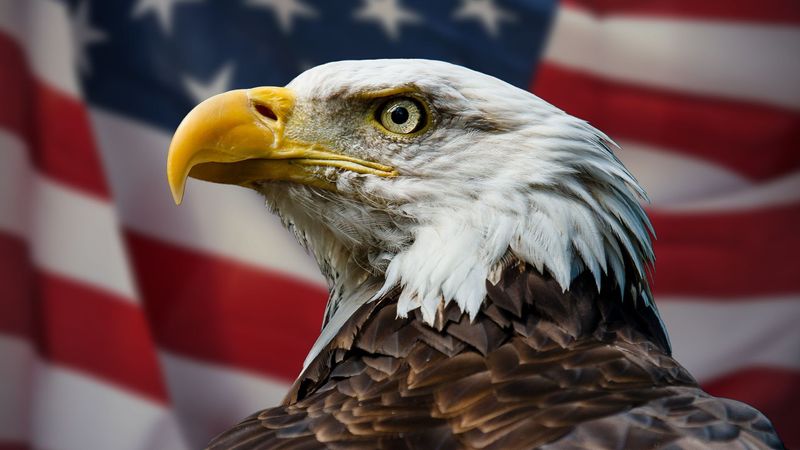
The bald eagle, with its piercing eyes and powerful wings, stands as a proud emblem of freedom in the United States. This magnificent bird, once endangered, symbolizes resilience and strength. It was chosen as the national bird in 1782, representing the country’s ideals and spirits. The bald eagle’s keen vision and hunting prowess make it a fitting symbol for vigilance and freedom. Standing on the Great Seal, it holds arrows and an olive branch, signifying both war and peace.
Lion

The lion, often called the ‘King of the Jungle,’ represents courage and strength. Across cultures, from ancient Egypt to modern-day Africa, lions have been revered as symbols of power and leadership. In the United Kingdom, the lion is a national symbol, embodying bravery and royalty. Its majestic presence on coats of arms and flags is a testament to its enduring significance. The lion’s commanding roar and regal stance make it an inspiring symbol for nations and movements alike.
Panda
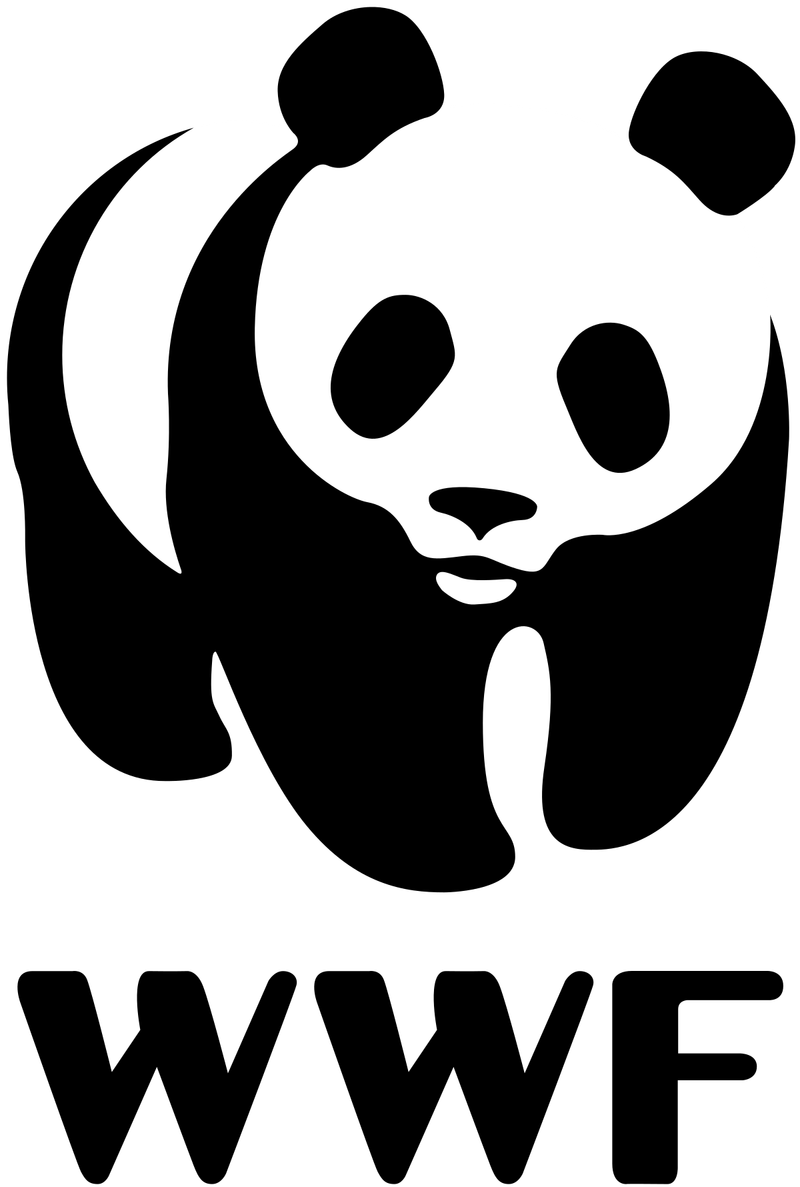
The giant panda, with its striking black and white coat, is more than just a cherished creature; it is a global symbol of conservation. Native to China, the panda represents peace and friendship. Its gentle demeanor and unique appearance have captured hearts worldwide. As the face of the WWF (World Wildlife Fund), the panda embodies the urgent need to protect endangered species and their habitats. This cuddly, bamboo-loving bear is a reminder of our responsibility towards nature.
Tiger
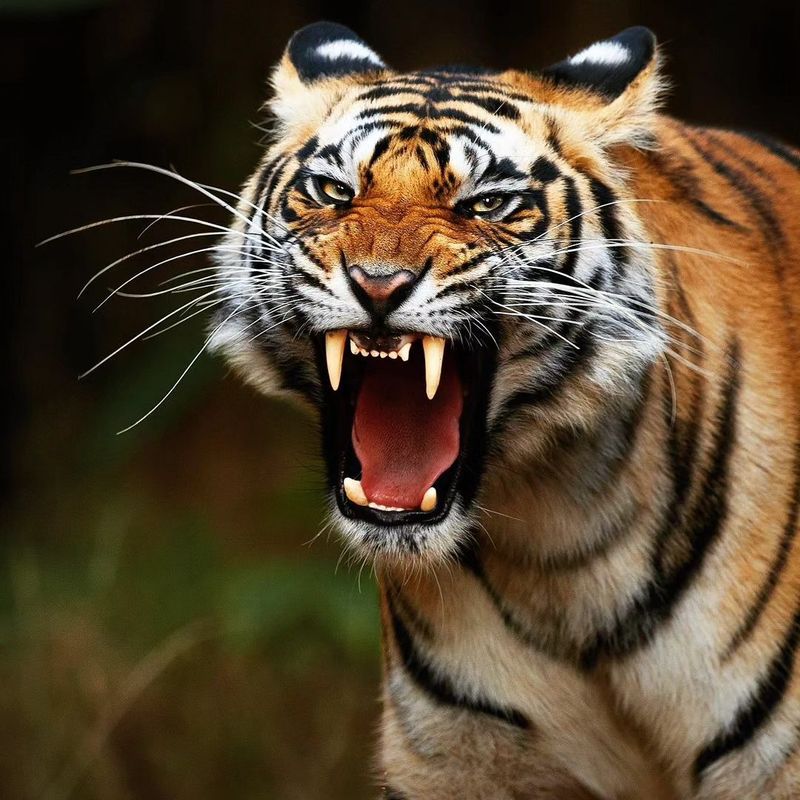
In India, the tiger is a symbol of strength, power, and royalty. As the national animal, it reflects India’s rich biodiversity and cultural heritage. The tiger’s agility and ferocity in the wild have inspired legends and tales, making it a revered creature. Beyond its majestic presence, the tiger stands as a reminder of the urgent need for wildlife conservation. Its striped coat blends seamlessly into the jungle, symbolizing both beauty and danger.
Elephant
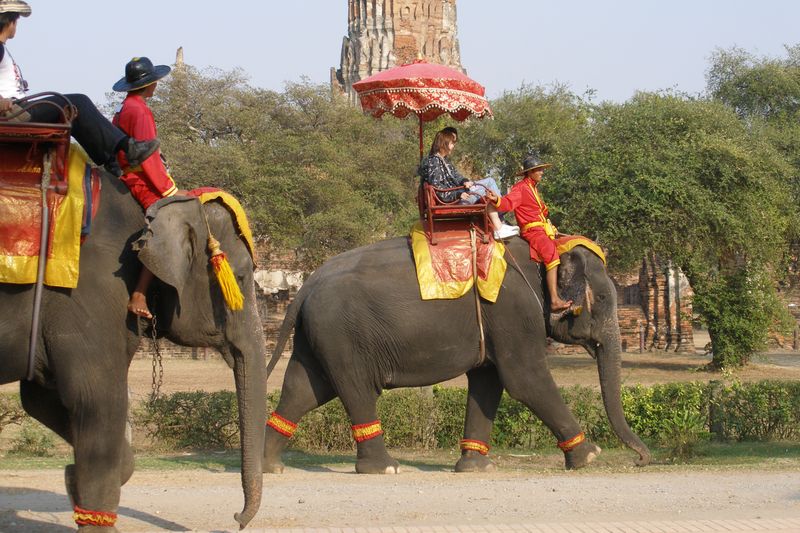
The elephant is a symbol of wisdom, strength, and memory. In many Asian cultures, elephants are revered and considered sacred. In Thailand, the elephant is a national symbol, representing royal power and peace. Its gentle nature and impressive size make it a beloved creature. The elephant’s ability to remember and form deep bonds mirrors human values of loyalty and intelligence. As a symbol, it bridges the human-nature connection.
Wolf

The wolf, often associated with the wild spirit, embodies freedom and teamwork. In Native American cultures, wolves are seen as pathfinders and teachers. They symbolize loyalty, family, and protection. The wolf’s ability to thrive in harsh environments speaks to its resilience and adaptability. As a totem animal, the wolf teaches how to balance individual needs with the benefits of group living. Its haunting howl and keen intellect capture the essence of the wilderness.
Bear
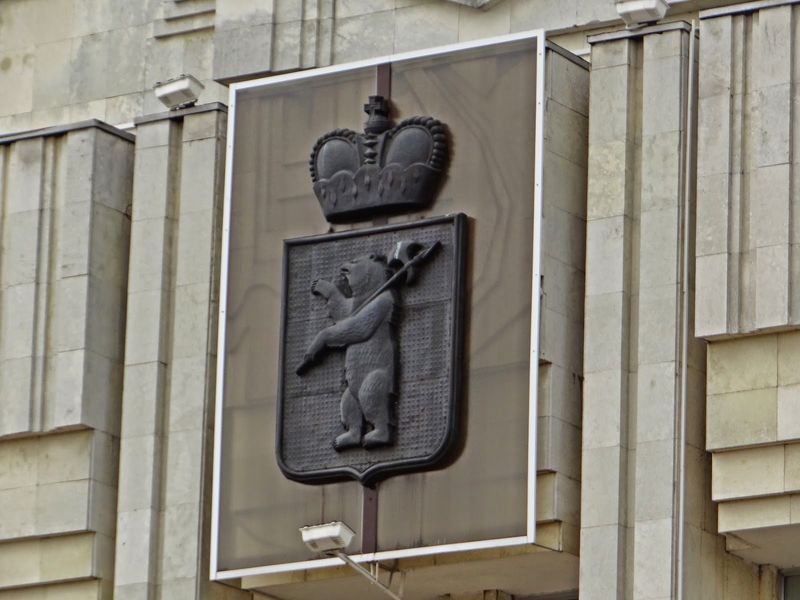
Bears symbolize strength, courage, and endurance. In many cultures, they are seen as protectors and healers. The bear’s hibernation cycle resonates with themes of renewal and introspection. In Russia, the bear is a national symbol, representing power and tenacity. Its ability to thrive in harsh climates makes it a formidable presence. The bear’s dual nature—fierce yet nurturing—reflects the balance of strength and compassion.
Rooster
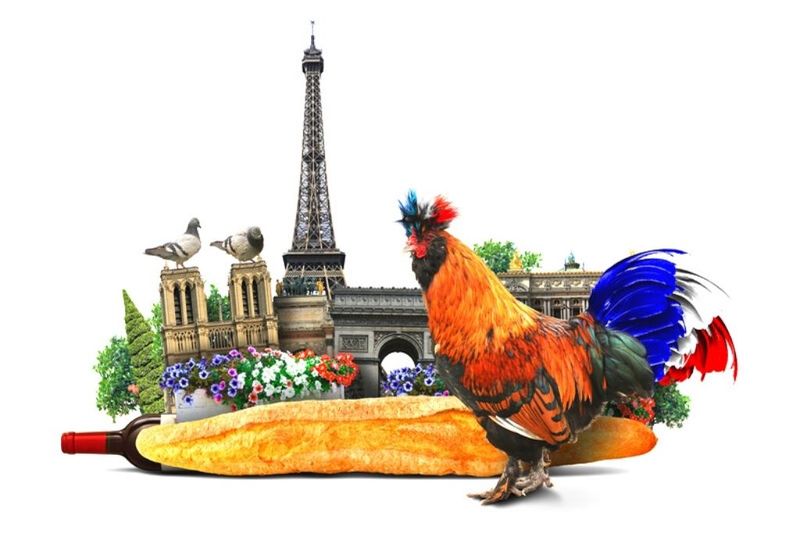
The rooster, with its bold colors and assertive crow, symbolizes vigilance and bravery. In France, the rooster is a national emblem, representing resilience and the fighting spirit. Its presence on the Gallic Rooster icon reflects the nation’s history and pride. The rooster’s crow at dawn is a call to wakefulness and action, embodying themes of hope and renewal. Its fiery personality and striking appearance make it a standout symbol in cultural folklore.
Dove
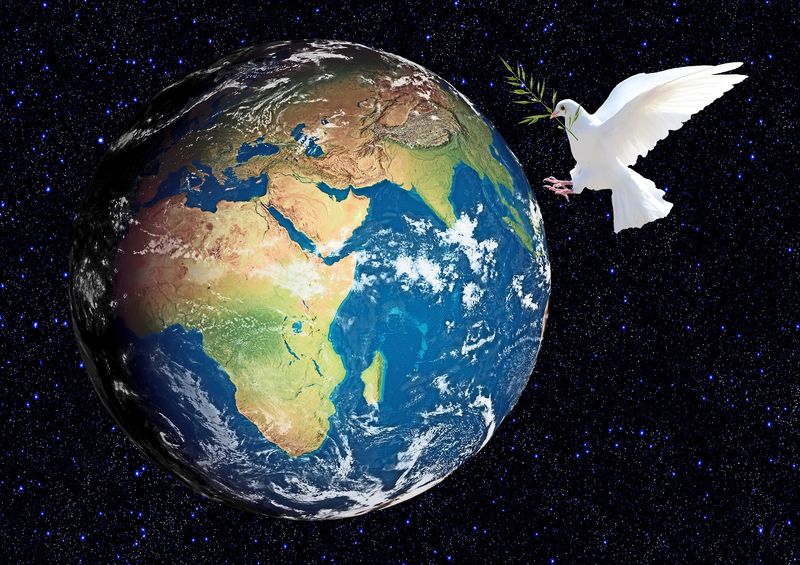
A universal symbol of peace, the dove carries deep significance in religious and cultural contexts. Often depicted with an olive branch, it represents hope and reconciliation. In Christianity, the dove is associated with the Holy Spirit and new beginnings. Its gentle, soothing presence brings comfort and compassion. As a symbol in peace movements, the dove’s flight is a metaphor for freedom and harmony. Its graceful wings inspire us to seek unity and understanding.
Dragon
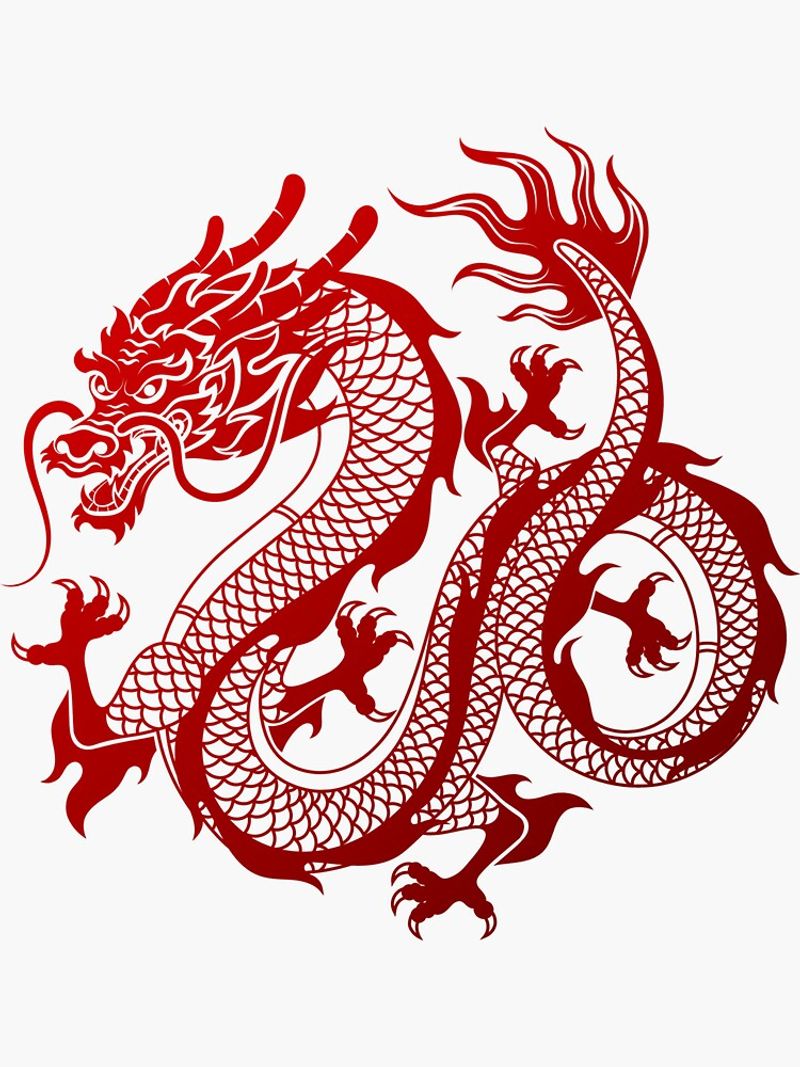
Dragons, mythical creatures of legend, symbolize power, wisdom, and mystery. In Chinese culture, dragons are revered as benevolent beings, bringing prosperity and good fortune. They embody the natural elements, commanding respect and awe. The dragon’s presence in festivals and art celebrates cultural identity and heritage. Its serpentine form and fierce demeanor captivate the imagination, making it an enduring symbol of strength and vitality.
Kangaroo

The kangaroo, with its powerful hind legs and iconic pouch, is a symbol of Australia. It represents progress and forward movement, as kangaroos can only jump forward. As a national emblem, the kangaroo embodies Australia’s unique wildlife and rugged landscape. Its presence on the coat of arms symbolizes the nation’s youthful energy and vitality. The kangaroo’s ability to adapt to diverse environments reflects resilience and ingenuity.
Peacock

The peacock, with its dazzling plumage, is a symbol of beauty and grace. In India, it is the national bird, representing majesty and spirituality. The peacock’s vibrant feathers and striking display are a marvel of nature. Its association with the goddess Saraswati links it to wisdom and artistic expression. As a symbol, the peacock inspires admiration and reverence, embodying the splendor and diversity of life.
Raven
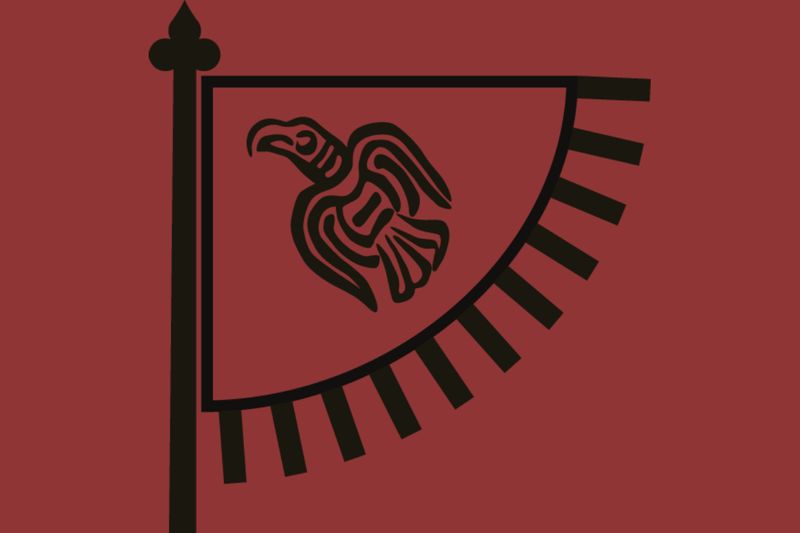
Ravens, with their glossy black feathers and sharp intellect, are symbols of mystery and prophecy. In Norse mythology, Odin’s ravens, Huginn and Muninn, symbolize thought and memory. These birds are often associated with omens and transformation. In literature, the raven’s eerie presence evokes introspection and deep contemplation. Its croaky call and enigmatic nature make it a powerful symbol of the unknown and the mystical.

